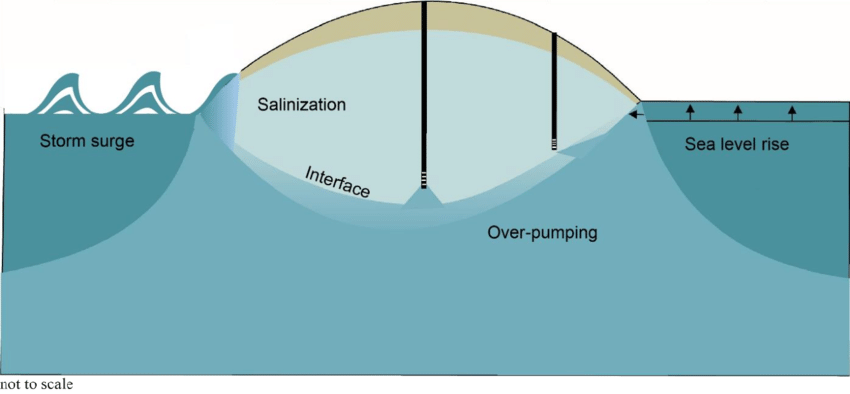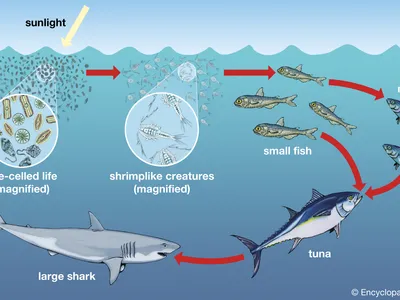The rising sea level is a prevalent environmental issue that is affecting many coastal regions around the world, including India. According to recent data, the average sea level has increased by approximately 8 inches, or 21 cm, since 1880. Out of this, nearly half of the rise has occurred in the last quarter-century. This rise in sea level poses a significant threat to the coastal areas and communities.
Impact on India:
India boasts a lengthy 7,517 km coastline that is inhabited by a substantial population and plays host to many important economic activities. The increase in sea level is expected to bring about significant impacts, including flooding, erosion, and contamination of fertile agricultural land with saltwater. These consequences will have far-reaching effects on the economy and society, causing significant economic and social damage.
Flooding:
One of the most impactful consequences of the rising sea level is flooding. The rise in sea level results in the intrusion of seawater into low-lying areas, causing frequent and intense flooding. In India, cities located on the coast, such as Mumbai and Kolkata, are particularly vulnerable to the impacts of rising sea levels and face a high risk of flooding.
Erosion:
The rising sea level also causes significant erosion of coastal areas. As seawater intrudes into the land, it washes away the sand and soil, resulting in severe erosion and the loss of valuable land. This can have far-reaching consequences, including the displacement of residents who live in coastal areas and the loss of important economic activities.
Salinization:

The increasing sea level has a significant impact on freshwater sources, as it enables seawater to seep into freshwater aquifers. This contamination of freshwater with saltwater is known as salinization and has severe consequences for agriculture. As a result of this, fertile agricultural land can be lost, which can ultimately lead to a decline in food production.
Food Chain:

The rise in sea level can cause alterations in the food chain, leading to changes in the abundance and distribution of various species. As sea levels continue to rise, it can result in the loss of habitats for certain species and the creation of new habitats for others. These changes can disrupt the balance of the food chain and have cascading impacts on ecosystems and the species that rely on them for survival.
Conclusion :
The increasing sea level is presenting a major challenge to India’s coastal regions, causing devastating effects such as flooding, erosion, and contamination of freshwater sources with salt water. In order to effectively address this pressing issue, it is imperative that the government and other relevant parties take prompt action. This can be achieved by establishing early warning systems, implementing protective measures for coastal areas, and promoting sustainable development practices that minimize the impacts of the rising sea level.















